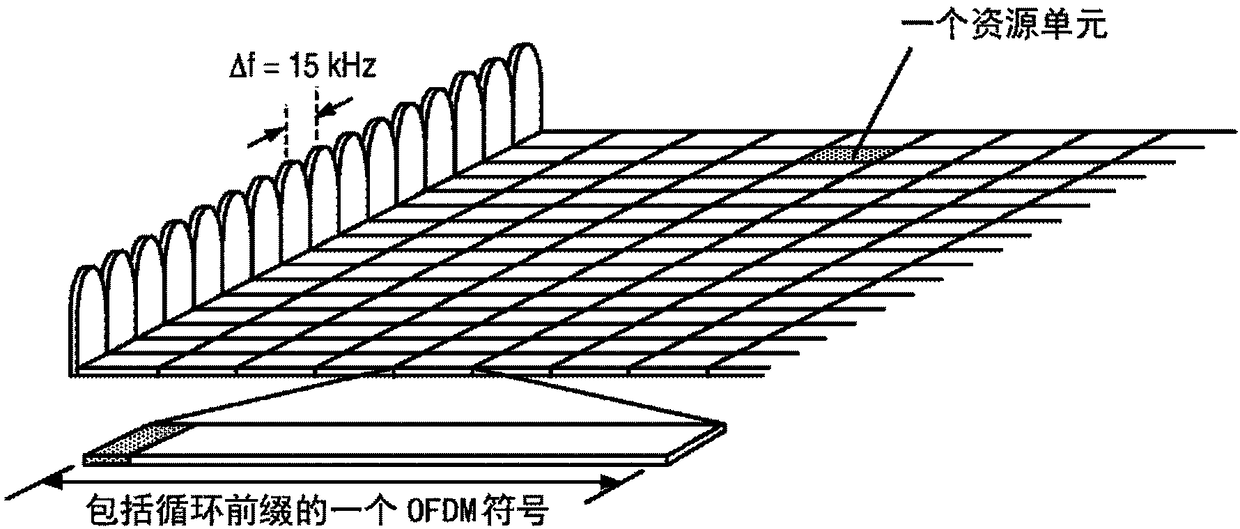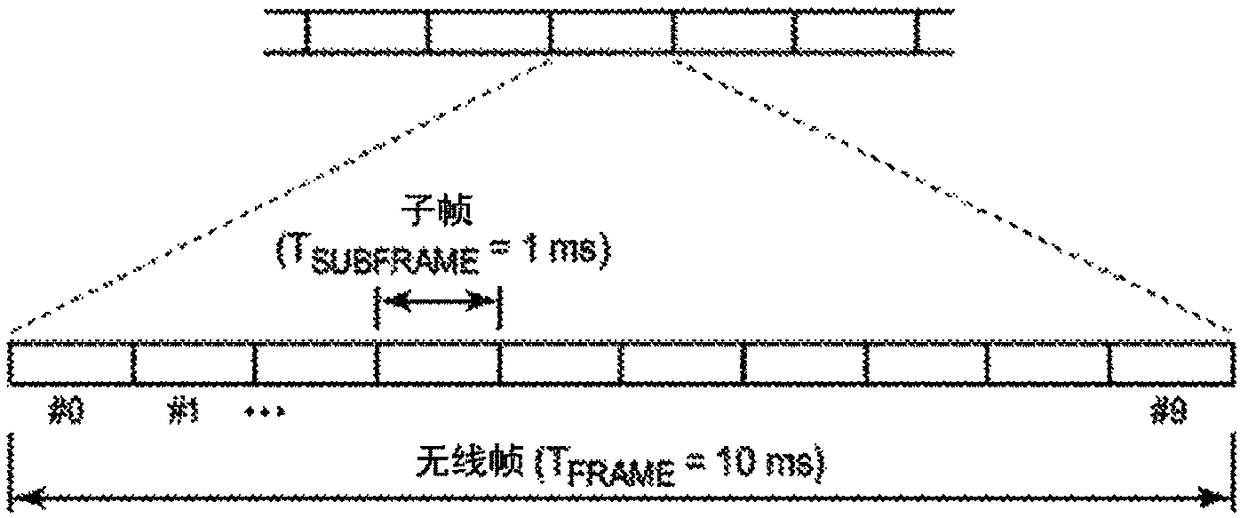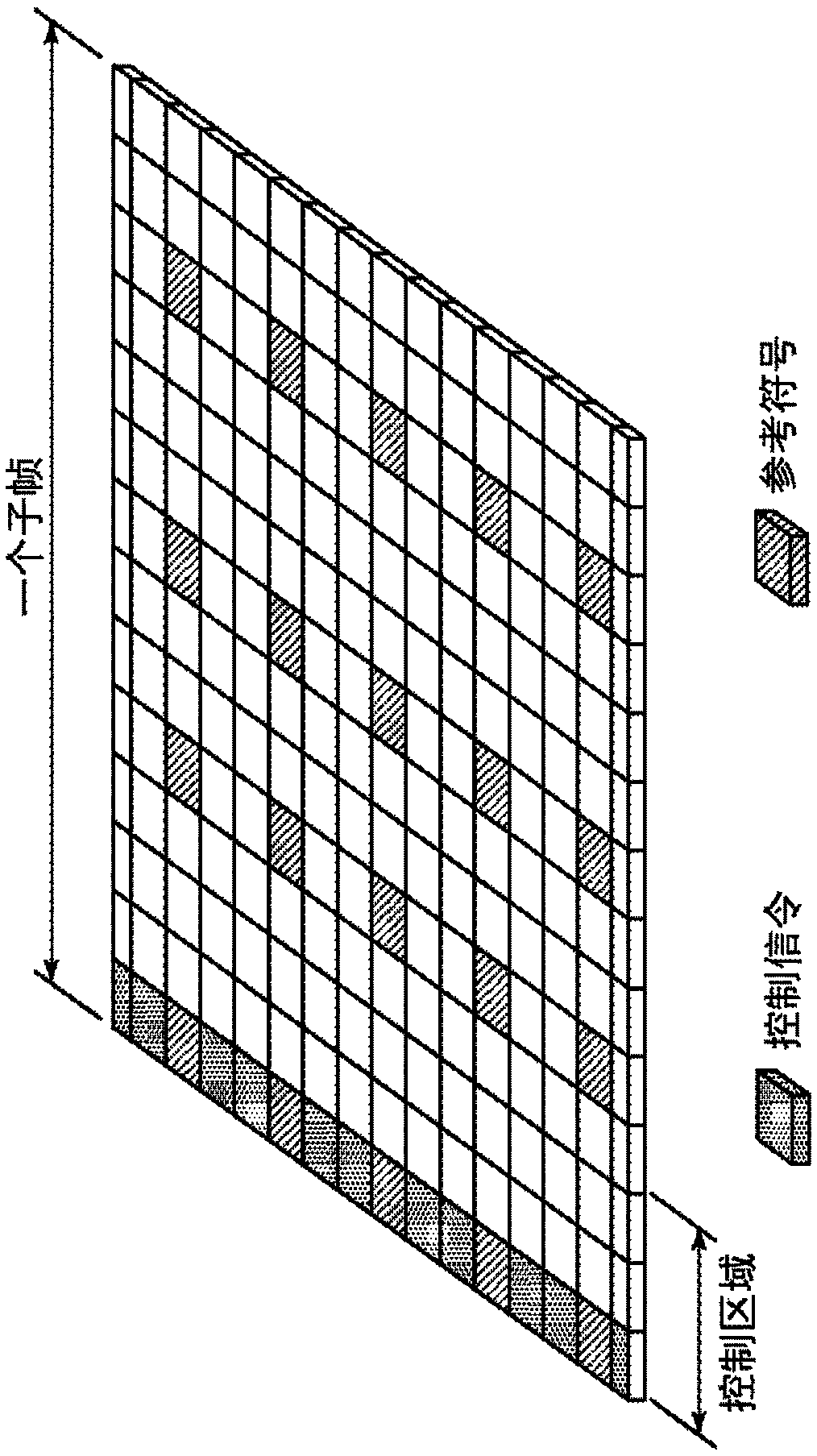Implicit derivation of frequency synchronization from dmrs assignment
A frequency domain, time-frequency resource technology, applied in the field of wireless communication networks, can solve the problems of increased overhead, complicated reference signal synchronization process, and reduced data rate, and achieve the effect of reducing overhead
- Summary
- Abstract
- Description
- Claims
- Application Information
AI Technical Summary
Problems solved by technology
Method used
Image
Examples
Embodiment Construction
[0043] As mentioned above, some proposals for the preliminary design of next-generation systems involve a streamlined system design that eliminates some reference signals. However, the problem with these proposals is that the synchronization process, which can no longer rely on an always available reference signal, becomes more complicated. Additionally, overhead can increase when synchronization signals use a large portion of the spectrum, reducing the achievable data rate.
[0044] For example, one possible way is to reuse DMRS symbols for frequency synchronization. (In this disclosure, unless the context dictates otherwise, the term "DMRS" refers to a demodulation reference signal, which may include one or more demodulation reference signal symbols or "DMRS symbols"). It should be understood that DMRS symbols are primarily intended for channel estimation to allow demodulation of transmitted user data. However, reusing DMRS symbols for the purpose of frequency synchronizat...
PUM
 Login to View More
Login to View More Abstract
Description
Claims
Application Information
 Login to View More
Login to View More - R&D
- Intellectual Property
- Life Sciences
- Materials
- Tech Scout
- Unparalleled Data Quality
- Higher Quality Content
- 60% Fewer Hallucinations
Browse by: Latest US Patents, China's latest patents, Technical Efficacy Thesaurus, Application Domain, Technology Topic, Popular Technical Reports.
© 2025 PatSnap. All rights reserved.Legal|Privacy policy|Modern Slavery Act Transparency Statement|Sitemap|About US| Contact US: help@patsnap.com



